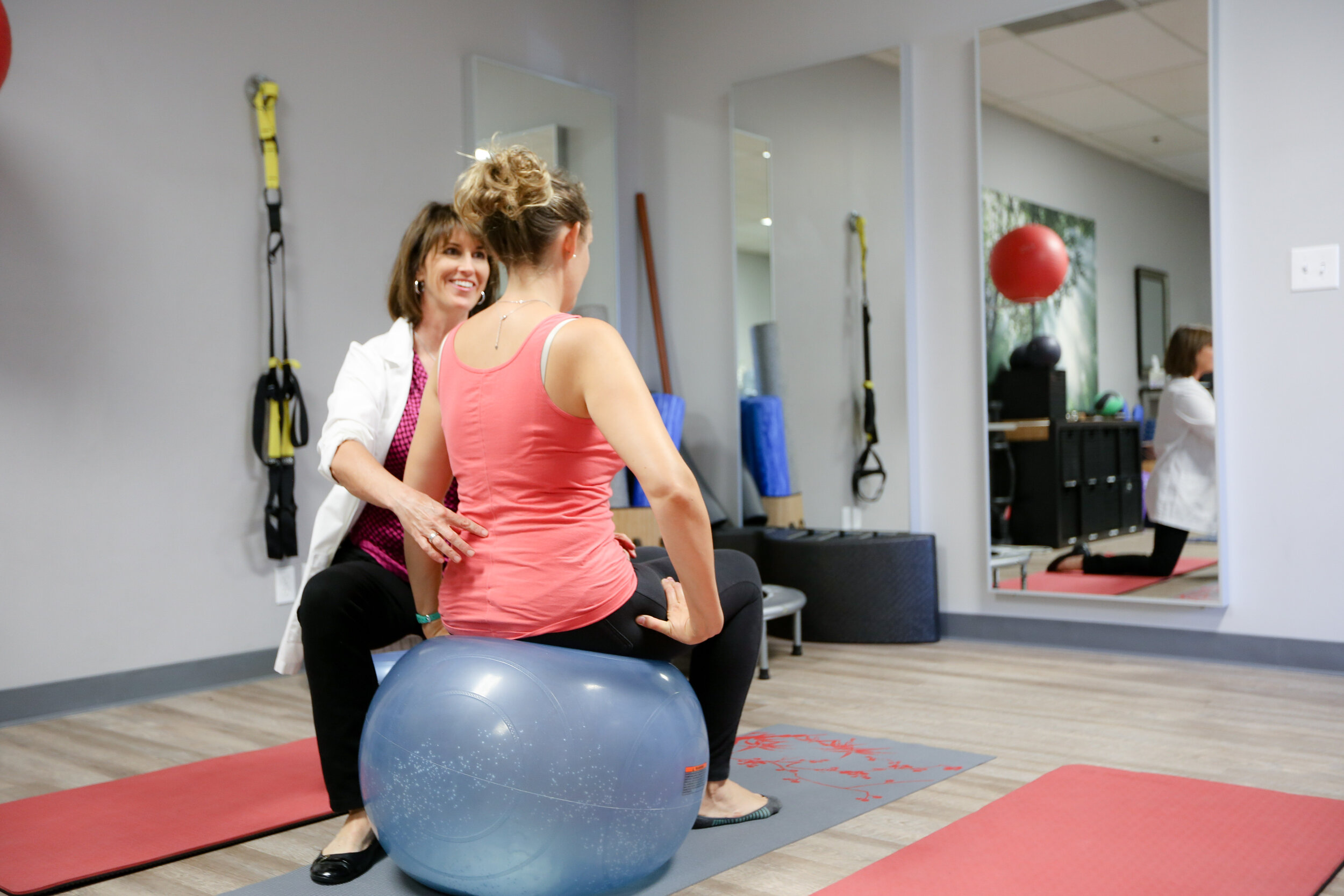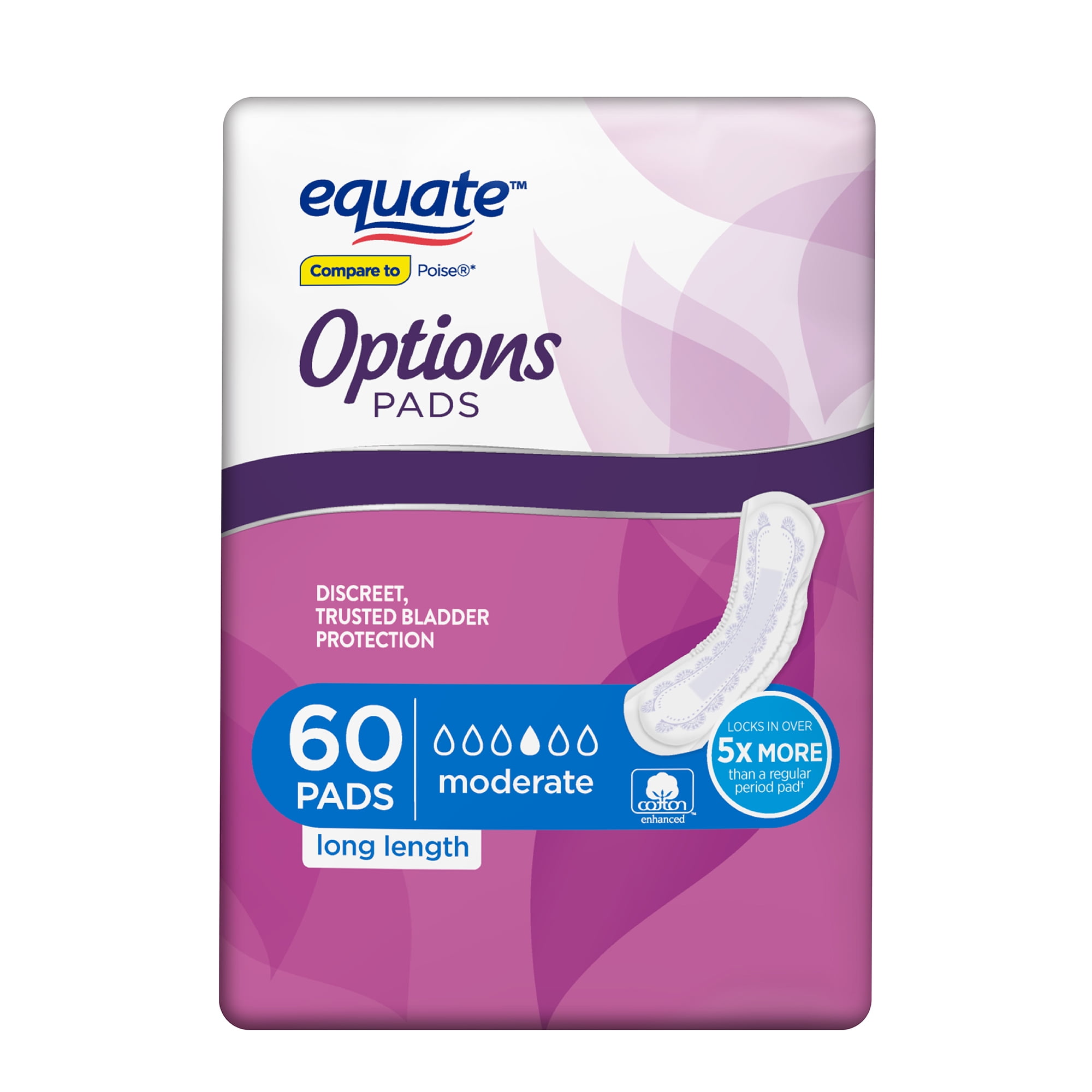
September 11, 2024
Postpartum Urinary Incontinence: Just How To Take Care Of Loss Of Bladder Control After Birth
Postpartum Recuperation Timeline: Healing After Birth The postpartum period starts right after the baby's delivery typically lasts 6 to 8 weeks, and ends when the mother's body has nearly gone back to its pre-pregnant state. The postpartum period is essential for both short-term and lasting health and well-being for a female and her newborn. This task ought to aid the interprofessional team provide comprehensive postpartum take care of the brand-new mommy. If you're having troubles during your postpartum recuperation, do not be afraid to call your healthcare provider at any moment. And do not keep back on sharing your feelings with your companion, or connecting to friend and member of the family for assist with the baby. Your physical and psychological wellness is essential, so see to it to provide on your own a break when you require it the most.What To Anticipate After Expecting: Stress And Anxiety Urinary Incontinence
- After hours of waiting, it was determined her wound required to be cauterised-- a procedure in which electrical energy or chemicals are utilized to shed tissue in order to close an injury.
- For these factors, it is probably best not to have a regular episiotomy at the time of delivery.
- From pre-natal examinations to distribution and newborn baby treatment, it can make a dent in your savings, so it is far better to plan for the prices of pregnancy.
- That's since nursing causes the release of the hormonal agent oxytocin.
- Ladies with a high BMI, or those who preserve maternity weight gain after the birth of their youngster( ren), are most likely to experience incontinence and pelvic organ prolapse (POP) after delivering.
Bowel Motion And Peeing
After shipment, a mix of blood, mucous and tissue from the uterus appears of the vaginal canal. The discharge adjustments color and reduces over 4 to 6 weeks after a child is born. The discharge then reduces and ends up being watery till it quits. At present, there are relatively couple of research studies on SUI of primiparas while pregnant, and the majority of them are small sample researches, and its danger factors have actually not been uniformly recognized. With the progression of culture and the demands of nationwide health and wellness, very early screening and avoidance of urinary incontinence have actually become an inescapable fad to improve the quality of life. However, the example size of this study is small and the follow-up time is brief. Consequently, the outcomes of the research study ought to be treated with cautions, and the danger variables and treatments of SUI still need to be more checked out in future large-sample and premium studies. Nevertheless, unless shipment happens promptly, the baby's head continues to be pressed versus the cells. With so much additional stress on the pelvic organs, postpartum urinary incontinence is a typical experience for birthing moms and dads. Thankfully, there are treatment alternatives for this condition. Below's what to learn about postpartum urinary incontinence and when to speak to your doctor. Ladies ought to talk to their medical professional or a women pelvic health specialist 6 weeks after delivery if they had urinary incontinence prior to, during or after maternity.Just how do you treat a female who can not hold her urine?
Discover More About The Pelvic Flooring After Giving Birth From Baptist Wellness
During this visit, your service provider will execute a physical examination to figure out just how you're healing, examining your weight, high blood Urinary urgency pressure, busts, and abdomen. She may analyze your incision site, if you have one, and check that your uterus and cervix have actually returned to their pre-pregnancy state. Particular mild postpartum exercises like leg raises, knee touches, and leg expansions are good for toning those stretched-out muscular tissues. When you're ready, and with your doctor's approval, you can start routine exercises. Exercising three times a week and keeping an eye on your food consumption can aid tone your abdominal area and even help you shed a few of that baby weight. Research studies reveal that more than a third of women who provide vaginally have some damages to these anal muscle mass. In females with a forceps distribution, regarding 80% have damage to the anal muscular tissues. The majority of recuperate their pre-labor function, but for some the damaging results can persist for years. The result can be incontinence of pee or stool, or prolapse. Provide postnatal care in the initial 1 day to all mothers and children regardless of where the birth takes place.2. Make certain healthy ladies and their babies remain at a medical care center for a minimum of 1 day after the shipment. All mommies and babies need a minimum of 4 postpartum gos to in the initial 6 weeks.4. If birth is at home, the initial postnatal contact needs to be as early as possible, within 1 day of birth.5. Make certain at least 3 postnatal visits for all mothers and children on day 3 (48 to 72 hours), in between days 7 to 14, and 6 weeks after birth.6. Making use of prophylactic anti-biotics among ladies with a vaginal delivery and a third or fourth-degree perineal tear is advised to prevent wound difficulties.8. 

Social Links